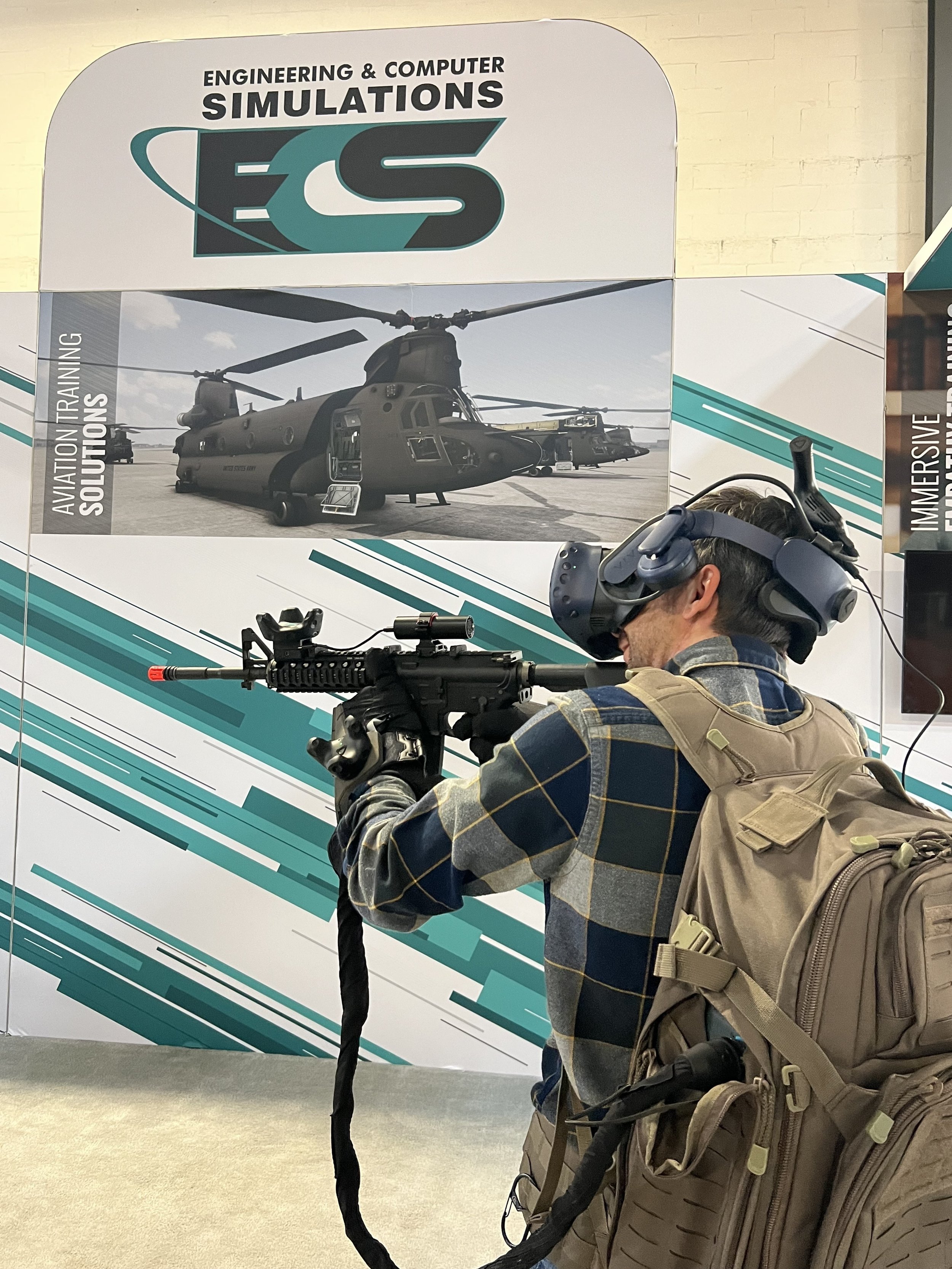ENGAGE is a SaaS Enterprise advanced spatial computing platform aimed at the professional and academic market. It is designed for professionals, event organizers, educators, and corporations to build their own virtual worlds, provide metaverse services directly to their clients, and create new business models.
UMverse is a groundbreaking initiative at the University of Miami to integrate emerging technologies within educational and research environments. The program utilizes immersive technology to revolutionize educational approaches. It aims to move beyond conventional learning tools, such as textbooks, photographs, films, or video games, and instead incorporate immersive and multi-sensory experiences and simulations. UMverse is also advancing research about optimal ways to transform the educational landscape and redefine the campus experience while providing personalized and interactive learning and patient care opportunities.
Recently, Engage assisted the University of Miami in organizing an innovative conference in collaboration with the Virtual Reality/Augmented Reality Association (VRARA), concentrating on the application of immersive technologies like Virtual and Augmented Reality within the Healthcare sector. This event brought together nearly 100 professionals, including practicing physicians, researchers, faculty, and tech industry leaders, to engage in person, exchange insights on their current use of VR/AR and AI, share their learnings, and discuss the anticipated impact of these technologies across the healthcare industry.
What made this conference a first of its kind was that besides allowing people to attend the conference at the University of Miami Lakeside conference center in person, attendees from around the world used Engage’s advanced spatial computing platform to attend it virtually.
According to Kim Grinfeder, Department Chair of Interactive Media, our goal was to have as many attendees as possible at the conference to exchange knowledge on AR and VR; we recognize that not everyone can attend in person. Therefore, we chose to provide a remote participation option using virtual reality, diverging from traditional video conferencing to offer a more immersive experience. Additionally, we decided to employ the same spatial computing platform already in use at our school for instructional purposes.
We take pride in the University of Miami’s role as a frontrunner in integrating immersive technologies into both undergraduate and postgraduate education. Demonstrating the application of virtual reality technology at our conference extends its use beyond classroom instruction to encompass professional events and conferences, showcasing its potential for organizational settings.
Today, the ENGAGE XR platform is used across the University of Miami, not only to teach courses for students, as we have in over 40 different courses, but also to train them. As an example, medical students at the Bascom Palmer Eye Institute are using an Engage application we developed to understand how slit lamps are used for eye examinations with various eye afflictions.
While virtual reality training and event participation are gaining traction, the ENGAGE platform enhances this experience by allowing attendees to join live conferences from anywhere globally, offering a more immersive experience than standard video live streaming. On this platform, participants sit in a virtual conference room, viewing live presentations on a virtual stage as though they were at a physical event. They can interact with one another, engage in discussions with presenters, and actively participate in the conference, all from the comfort of their home or office.
Grinfeder adds, “The Engage platform enables students to learn in a virtual environment, offering a unique spatial aspect that platforms like Zoom lack, fostering enhanced collaboration opportunities. At the University of Miami, we explore its potential across various disciplines, using the VR modality classes in Art History, Computer Engineering, Psychology, Religion, and others.”
Thomas Merrick, Associate Director of XR at the University of Miami, says a university is an ideal environment to try new technologies. Using the ENGAGE platform for our academic studies has demonstrated that we are approaching a tipping point where XR technology will become ubiquitous. When we decided to host the VR AR healthcare summit, we wanted to make it accessible to as many people as possible. Utilizing Engage allowed us to blend the Virtual with the physical and provide a broader experience for the attendees.
Engage allows instructors to use their current course materials within its platform or adapt them to leverage the technology’s immersive capabilities. Moreover, students can attend sessions from various devices, including desktop computers, tablets, and VR headsets—a particularly appealing option as VR gaming gains popularity among our students.
The future of learning will include extended reality technologies at all levels. I also see a future where physical events will have virtual attendee components as standard, so if you can’t go to that conference or that concert live, you can get a lot of the benefits and experience by attending virtual reality. It’s exciting to be involved in this next evolution of the Internet, which will be real-time 3-D.










